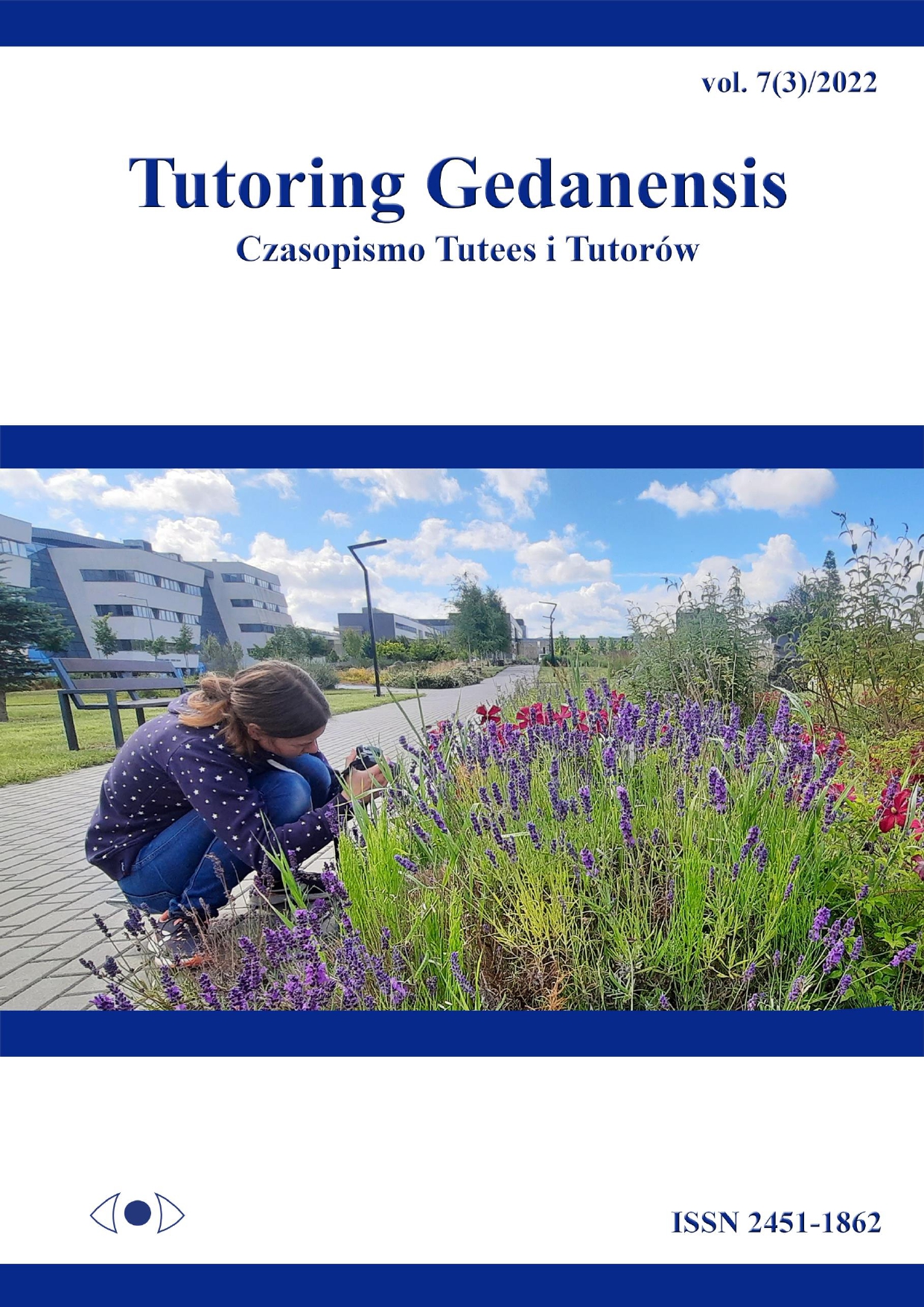Tam, gdzie zlewka stuka się z filiżanką
DOI:
https://doi.org/10.26881/tutg.2022.3.04Słowa kluczowe:
Camellia sinensis, rodzaje herbat, związki chemiczne herbaty, polifenoleDownloads
Bibliografia
Canda, B.D., Oguntibeju, O.O., Marnewick, J.L., 2014. Effects of consumption of rooibos (Aspalathus linearis) and a rooibos-derived commercial supplement on hepatic tissue injury by tert-butyl hydroperoxide in Wistar rats. Oxidative medicine and cellular longevity, 716832.
Chen M.L., 2002. Tea and health – an overview [w:] Zhen, Y.S. (red.), Tea: bioactivity and therapeutic potential. Chiny, CRC Press. 1-13.
Butt, M.S., Imran, A., Sharif, M.K., Ahmad, R.S., Xiao, H., Imran, M.H.A.R., Rsool, H.A., 2014. Black tea polyphenols: a mechanistic treatise. Critical reviews in food science and nutrition, 54(8), 1002-1011.
Hamilton-Miller, J.M., 1995. Antimicrobial properties of tea (Camellia sinensis L.). Antimicrobial agents and chemotherapy, 39(11), 2375-2377.
Hamilton-Miller, J.M.T., 2001. Anti-cariogenic properties of tea (Camellia sinensis). Journal of medical microbiology, 50(4), 299-302.
Hinsch, B., 2015. The rise of tea culture in China: the invention of the individual. Rowman & Littlefield.
Namita, P., Mukesh, R., Vijay, K.J., 2012. Camellia sinensis (green tea): a review. Global journal of pharmacology, 6(2), 52-59.
Przybylok, R., 2017. Czajnikowy.pl, Dobra herbata. Warszawa: Wydawnictwo Nasza Księgarnia.
Sharangi, A.B., 2009. Medicinal and therapeutic potentialities of tea (Camellia sinensis L.) - A review. Food Research International, 42(5-6), 529-535.
Sielicka, M., Pacholek, B., Zagórska, A., 2010. Właściwości przeciwutleniające wybranych herbatek bedących suplementami diety. Żywność Nauka Technologia Jakość, 17(5), 112-122.
Wierzejska, R., 2014. Tea and health–a review of the current state of knowledge. Przegląd Epidemiologiczny, 68(3), 501-6.
Zhang, L., Ho, C.T., Zhou, J., Santos, J.S., Armstrong, L. and Granato, D., 2019. Chemistry and biological activities of processed Camellia sinensis teas: A comprehensive review. Comprehensive Reviews in Food Science and Food Safety, 18(5), s.1474-1495.
Źródła internetowe
Pociask, K. Herbaciane ABC – różnice w produkcji 6 rodzajów herbaty, eherbata.pl. [online]. https://eherbata.pl/blog/herbaciane-abc-roznicew-produkcji-6-rodzajow-herbaty-268.html [dostęp 19.03.2022].
Skład chemiczny herbaty, 2010. oHerbacie.pl. [online], https://oherbacie.pl/sklad-chemicznyherbaty/ [dostęp 19.03.2022].
Co wiemy o herbacie, jej rodzajach i właściwościach? Kuchnie świata [online], https://www.kuchnieswiata.com.pl/pl/warto-przeczytac/item/211 [dostęp 29.07.2022].

 Uniwersyteckie Czasopisma Naukowe
Uniwersyteckie Czasopisma Naukowe



